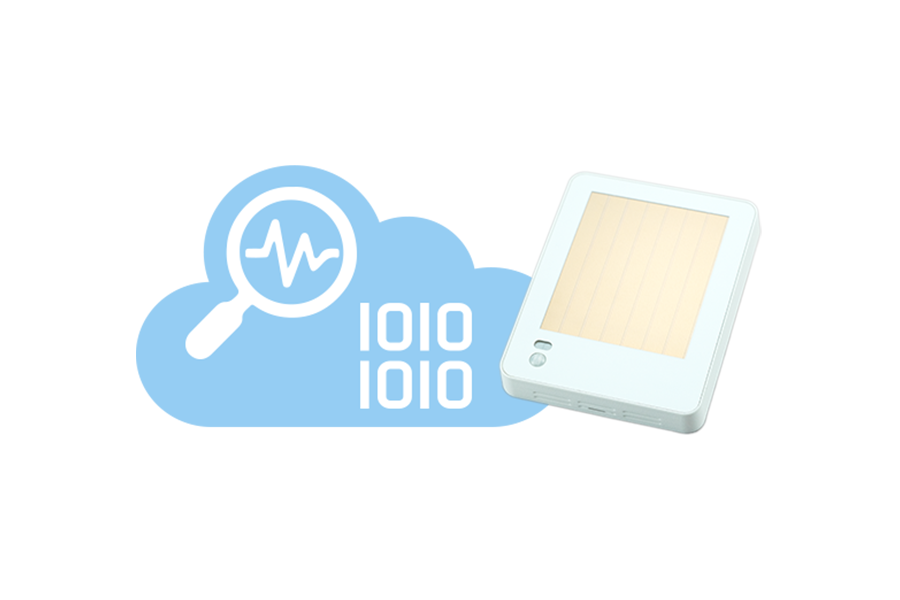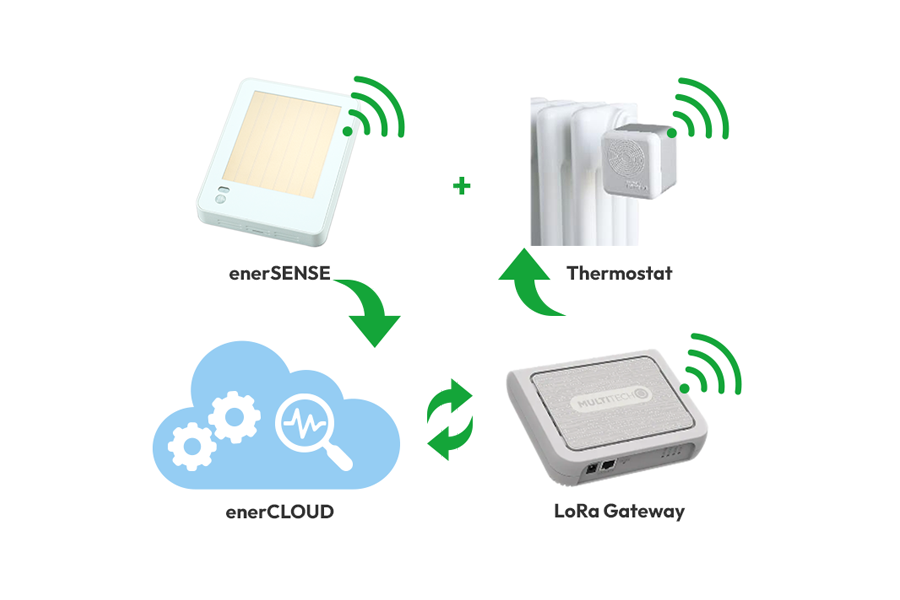Reduction of energy costs
with enerSENSE
Cloud-based recording of temperatures and room occupancy enables up to 40% savings in the area of energy.
Energy efficiency
Improvement of the climate balance and reduction of heating costs
The building stock in Germany is responsible for 30% of CO2 emissions. The goal is to reduce emissions by 50% by 2030 (EU). The savings potential through room and demand-based control of heating in existing buildings is 30-40%. By simply recording the temperature, occupancy in all rooms, the savings potential can be determined by specifically changing user behavior and integrating room-based control.
Overheating

6 – 10%
Savings through
1°C reduction
Permanent heating

10 – 30%
Savings through
demand-controlled heating
Tilt ventilation

10 – 30%
Savings through
demand-controlled shock ventilation
Malfunction

10 – 30%
Savings through
optimized control
Up to 40 % lower heating costs!
The savings potential in buildings without individual room control is enormous. By optimizing the settings, introducing demand-oriented room temperature control and eliminating incorrect settings, heating costs can be reduced by up to 40 %.
Savings from day one
Data-based optimization strategy for cost-optimized efficiency improvements
By simply installing enerSENSE sensors, you create transparency throughout the building. Data on room climate, air quality and occupancy allow you to better adjust heating systems, implement demand-based ventilation and heating. Automation of heating at room level and connection of room data to the BMS can increase control efficiency. Data interfaces to third-party building automation software providers allow AI and forecast-based optimizations to be connected. Based on room climate data, inefficiencies in insulation and/or ventilation can be identified and targeted building optimizations can be initiated.

Step 1
Retrofit digitization
Establishment of a database for an optimized CO2 reduction pathway

Step 2
Recommendations for action
Optimized heating settings,
Assisted shock ventilation,
Demand-oriented heating

Step 3
Automation
Control of thermostats,
Connection to the GLT,
Interface to third-party systems

Step 4
constructional optimization
Simple implementation through cloud-based architecture
The easy-to-install plug & play solution allows room climate, air quality and occupancy to be recorded. In combination with battery-free wireless thermostats, a demand-oriented energy-efficient temperature control of the room can be implemented.

